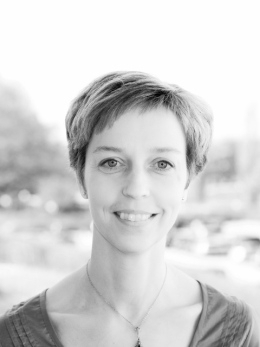Lecture Abstract:
The lecture will show residential segregation as a longstanding research field that combines human geography and sociology. Segregation is here seen as a spatial variation in geographical context, laying the grounds for different living conditions in spatial areas. For long, measuring segregation was about indices and maps, not coupled with actually assessing the influence from living in an area. During the last decades however better data and a development of the field has included studies of individuals exposed to a well-defined context. Andersson will describe some of the endeavours of the developments of the research field, including methodology and ’trends’ in the research field.
Bespoke neighbourhoods, multilevel methods and exposure over time are important to improve measures of spatial social inequalities. Also, to further develop research we have used life course trajectories both as geographical context and as an individual outcome from growing up in an area. The motivation of doing this research is societal developments of polarisation and negative outcomes for especially youths growing up in disadvantaged areas, developments that ultimately damage social cohesion and equality in opportunity in a society. Both the former and the current governments of Sweden maintain a high interest in these issues. Lastly, the idea of defining and finding vulnerability is to uncover structures in society that produce disadvantaged areas and relegated populations and to show diverse forms of vulnerability.

About the speaker:
Eva K. Andersson, is a professor at the Department of Human Geography, Stockholm University. Her work is primarily concerned with issues regarding residential segregation from a human geographers’ perspective and motivated by an interest in social inequality. Starting from the important work of assessing residential segregation, she has mainly been concerned with consequences of segregation. This involves research on so called neighbourhood effects from living in an area, that is, the influence from a spatial surrounding on education, work and income as well as other outcomes. With the understanding of residential segregation as a variation in geographical context, she has conducted studies of housing markets, tenure type landscapes, and residential mobility that are structuring residential segregation. Her latest projects include segregation of life course trajectories and the geography of latent vulnerability and distress in Sweden.
